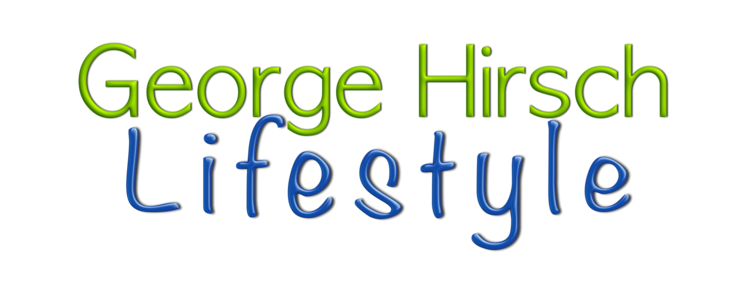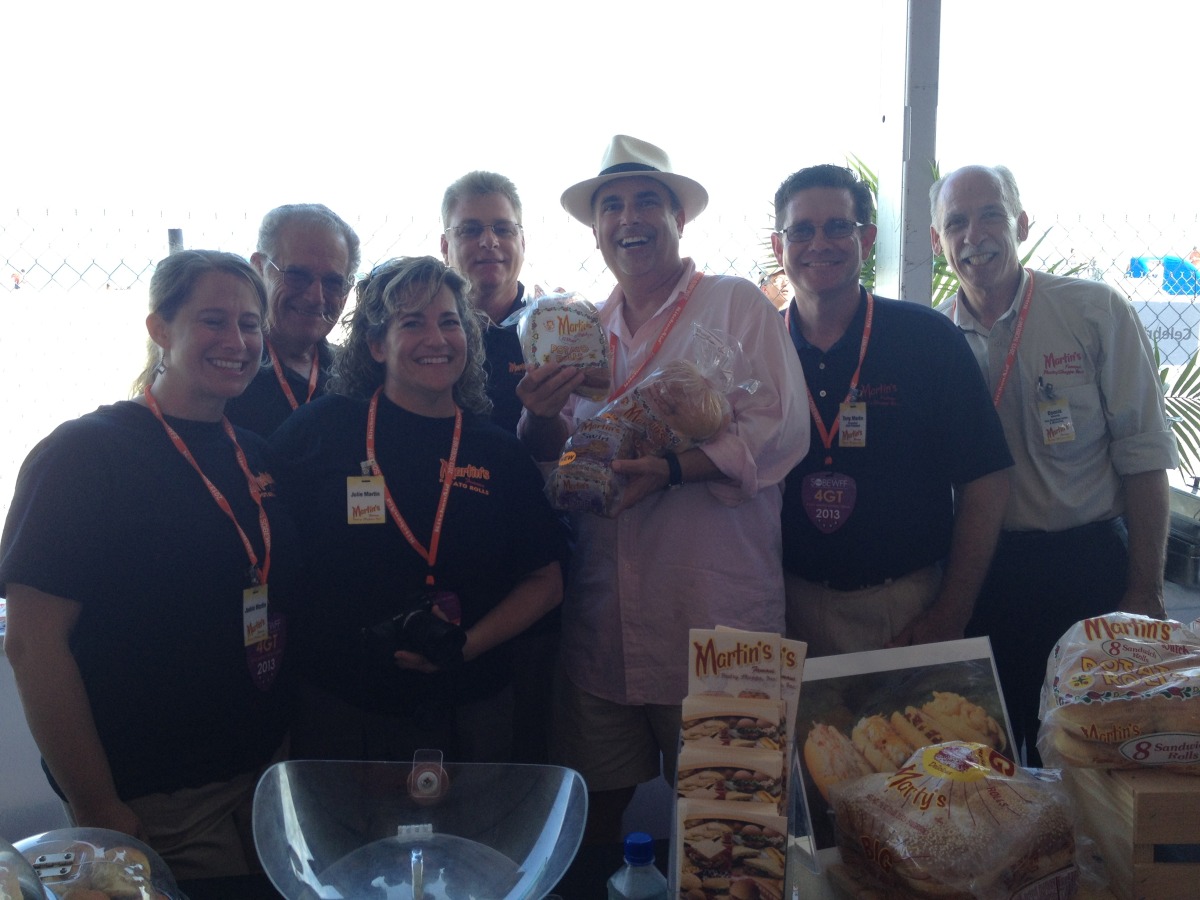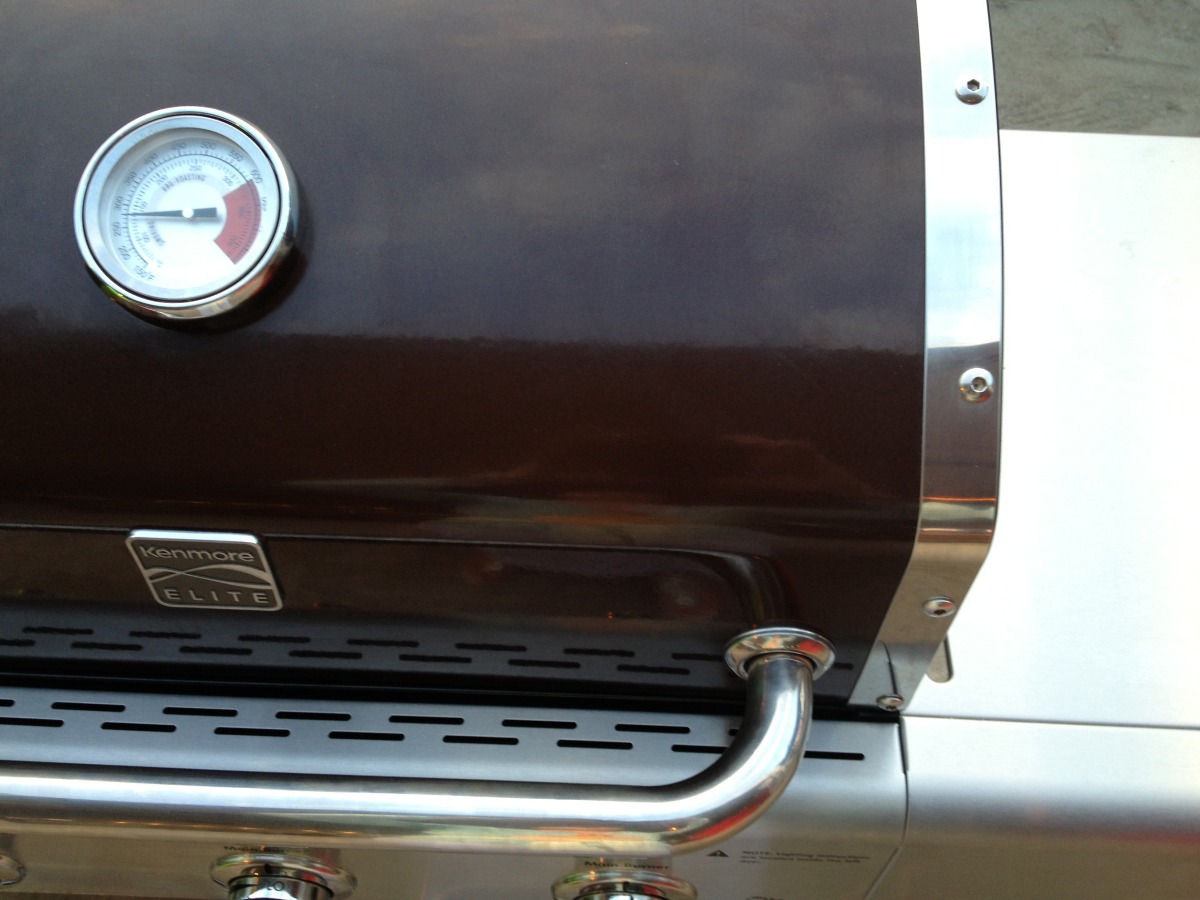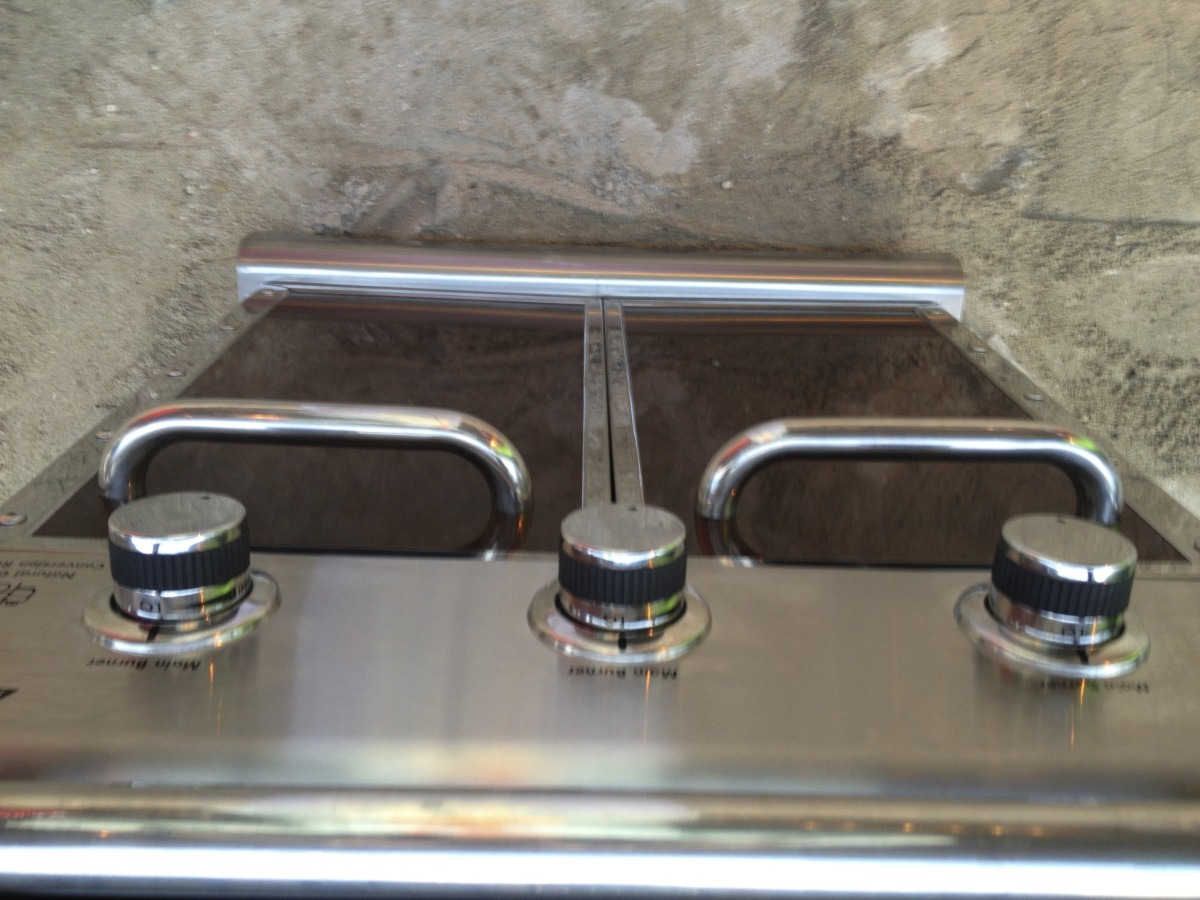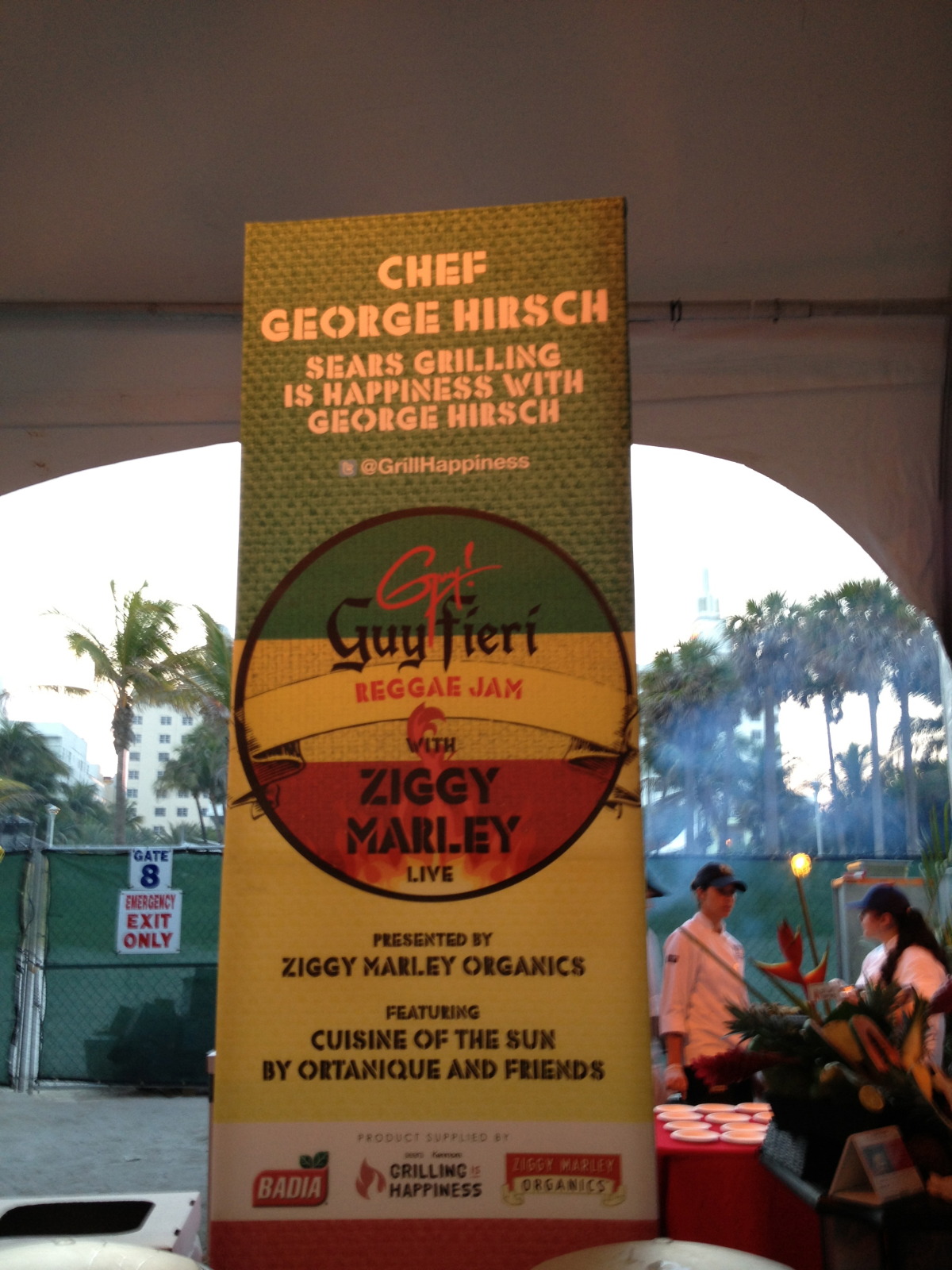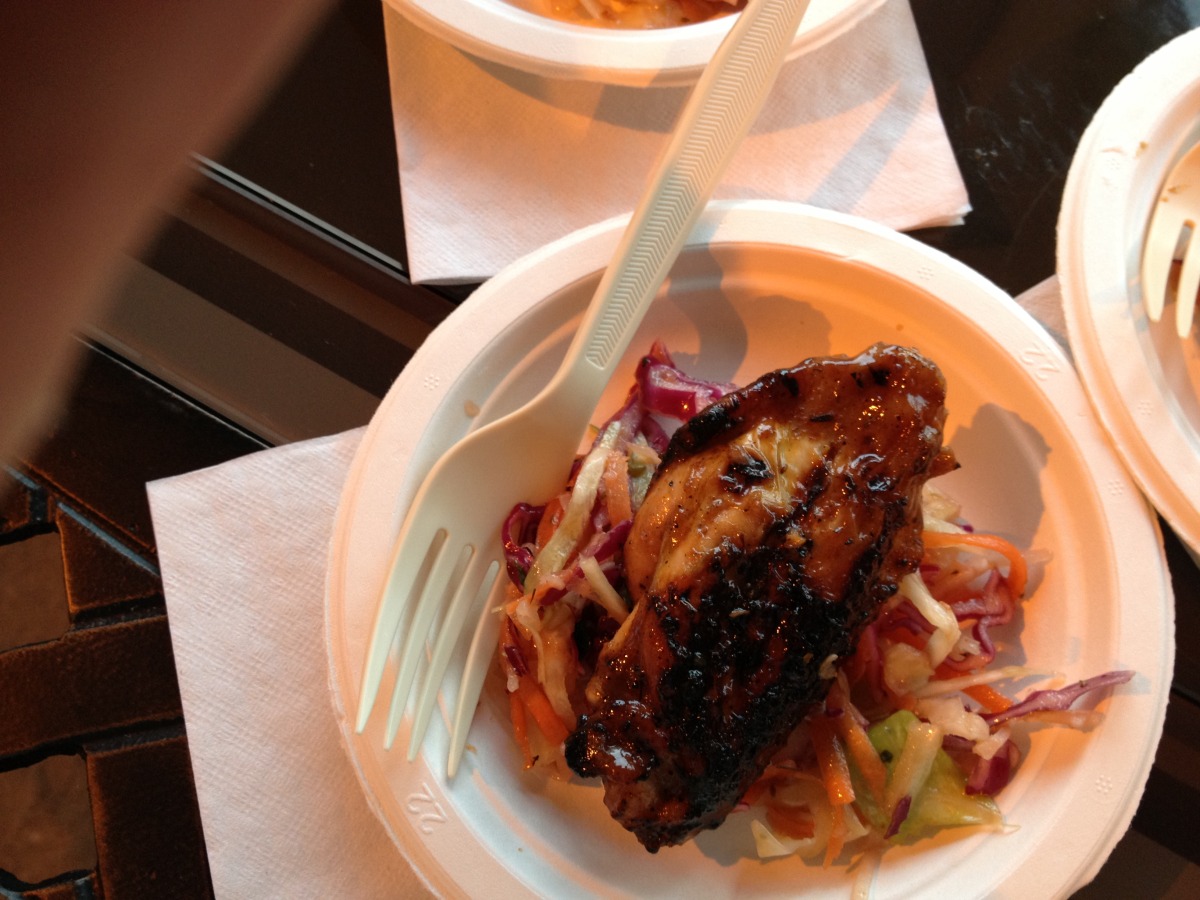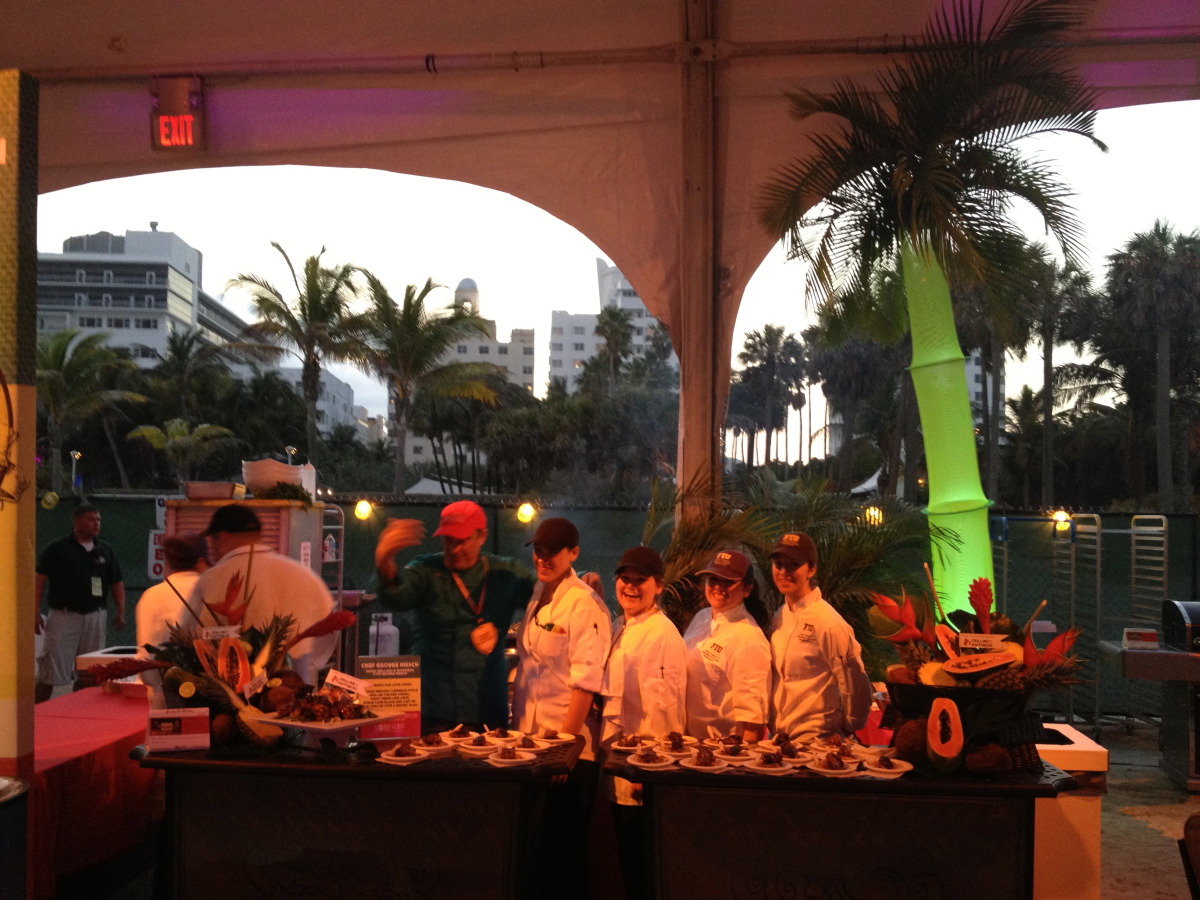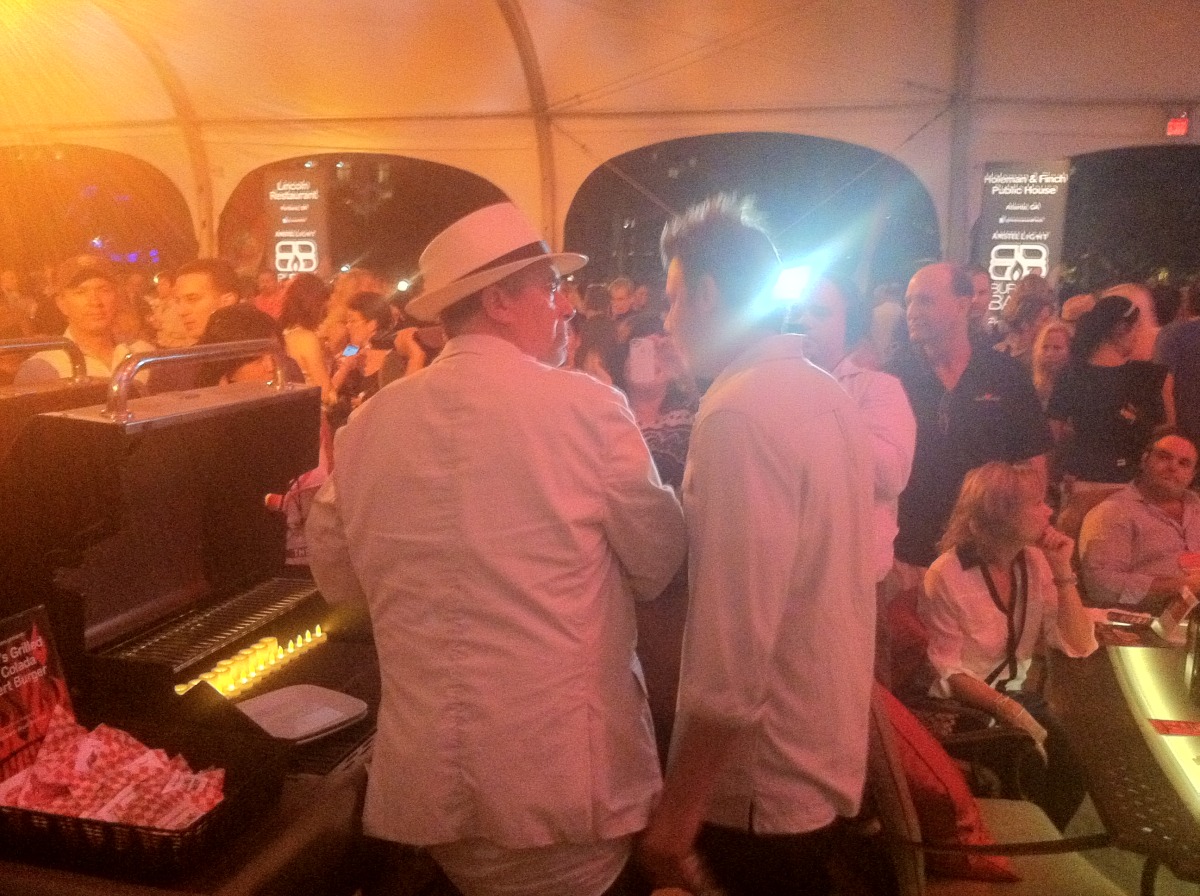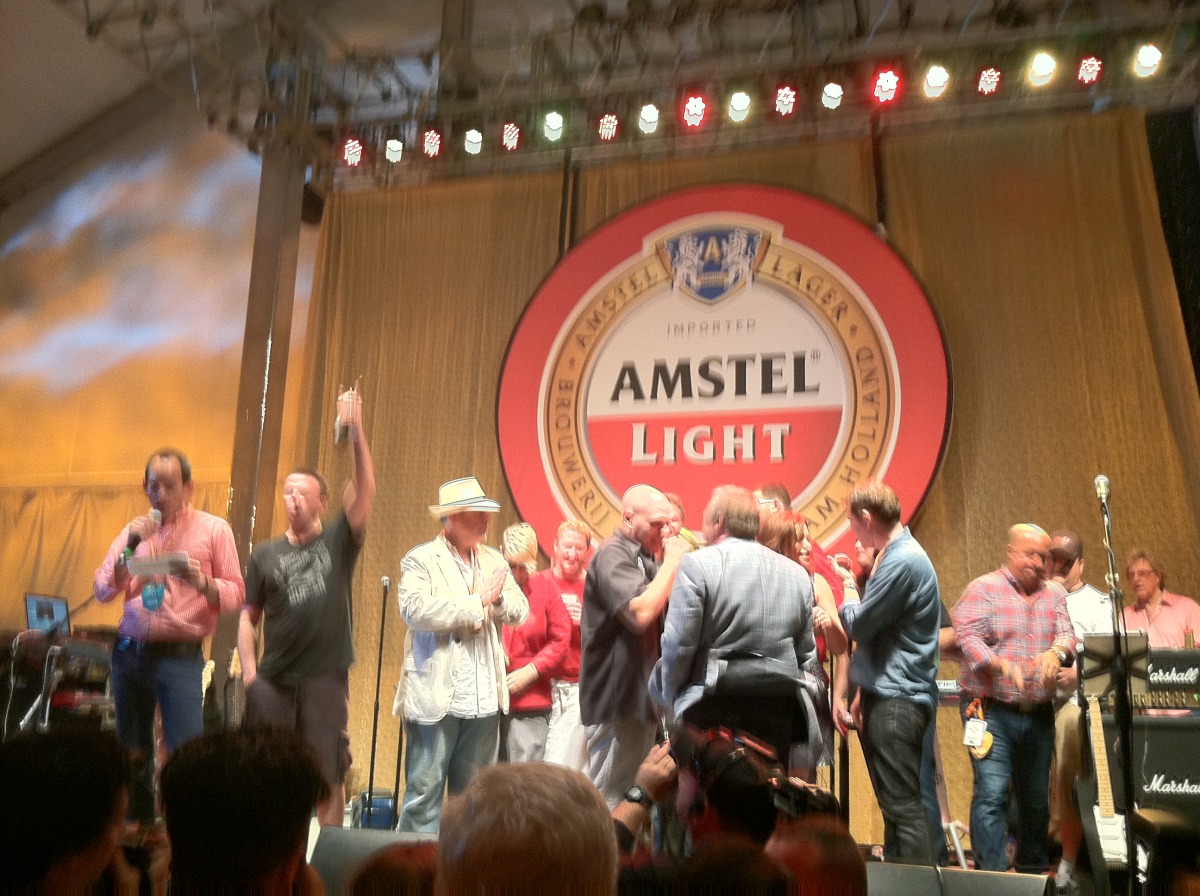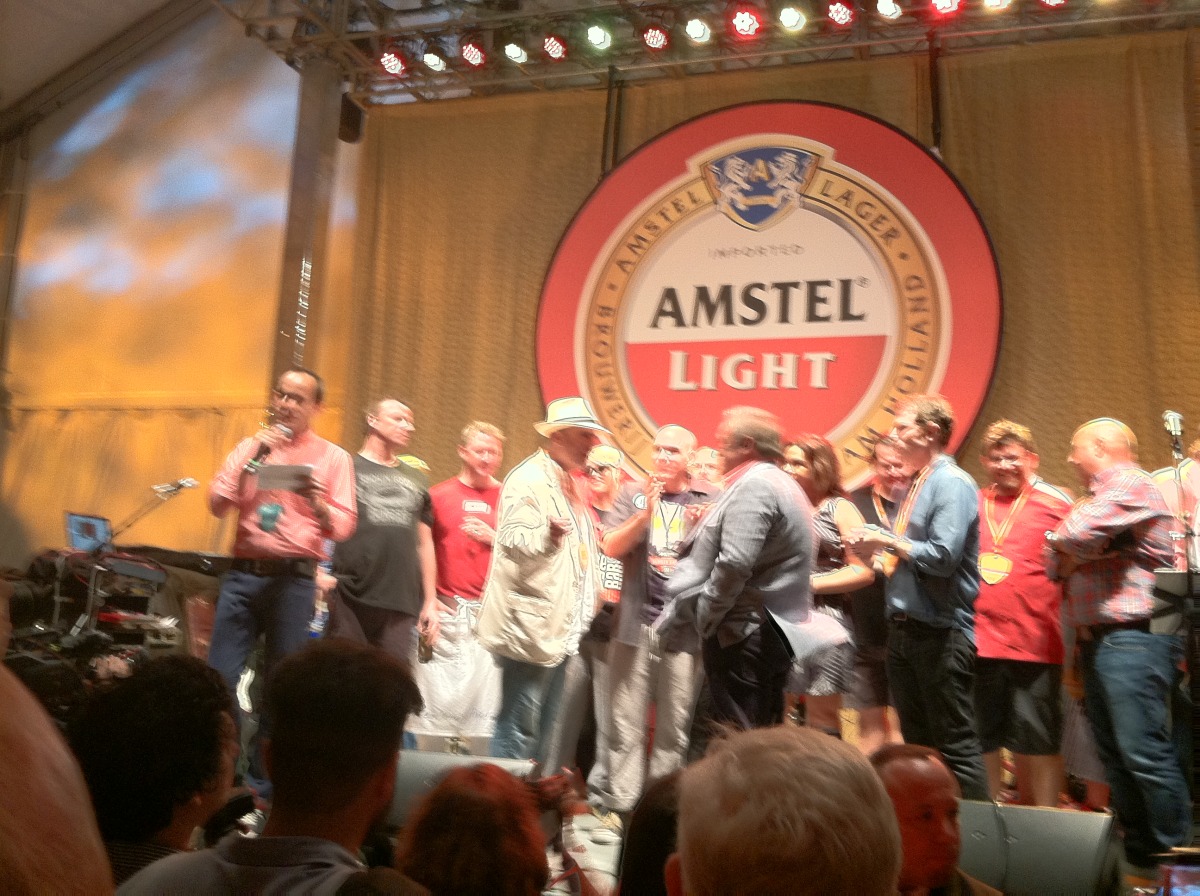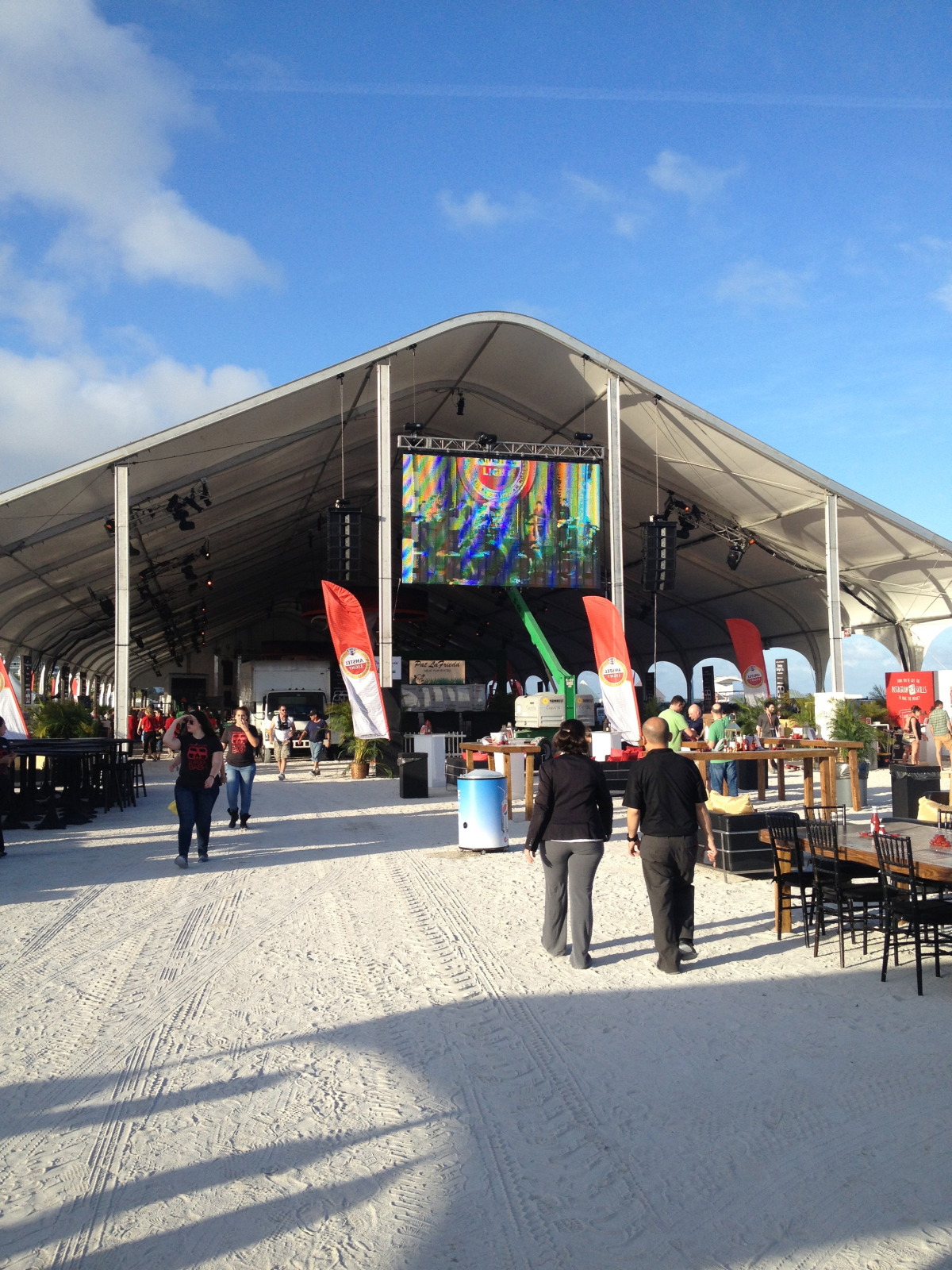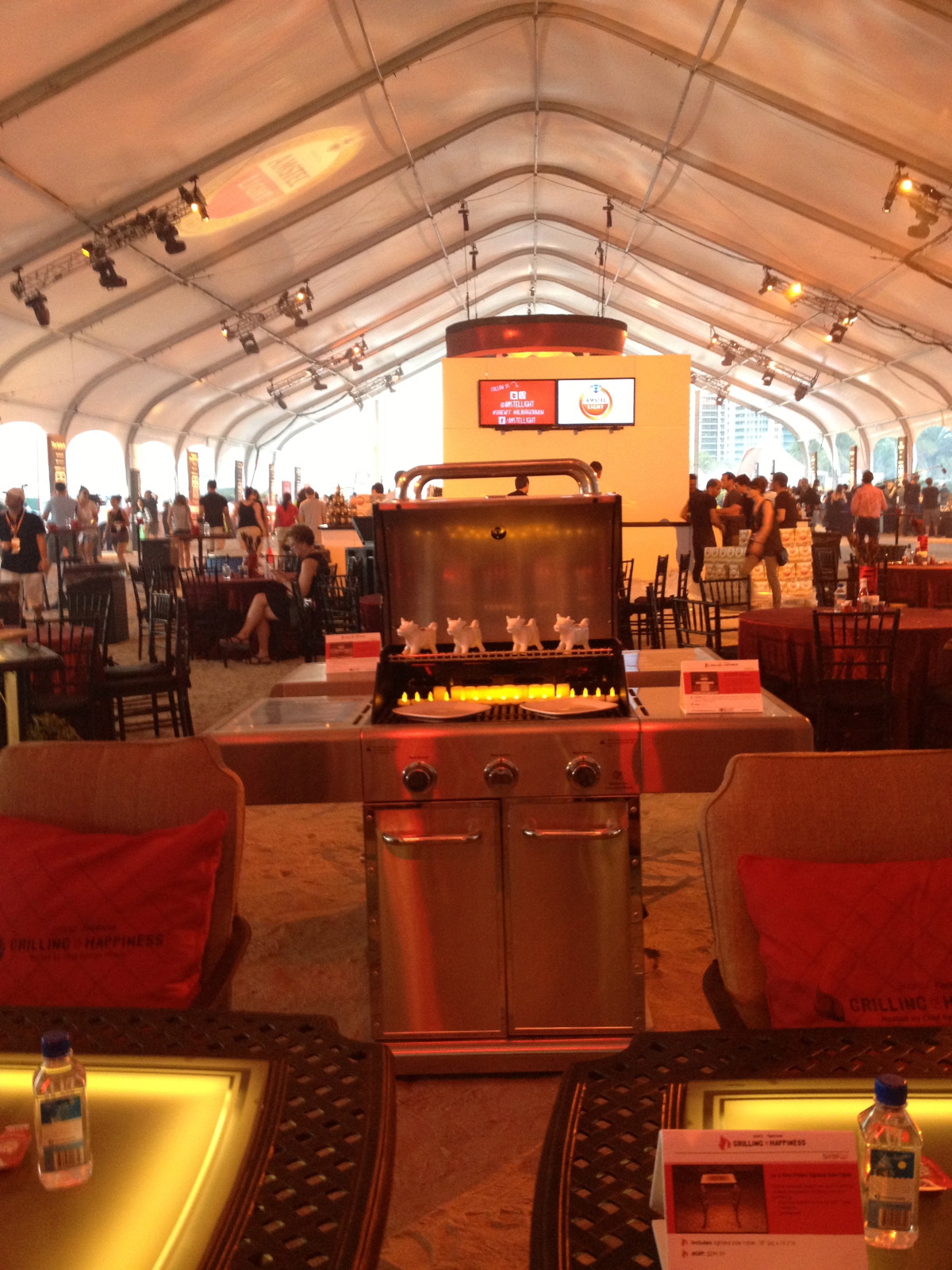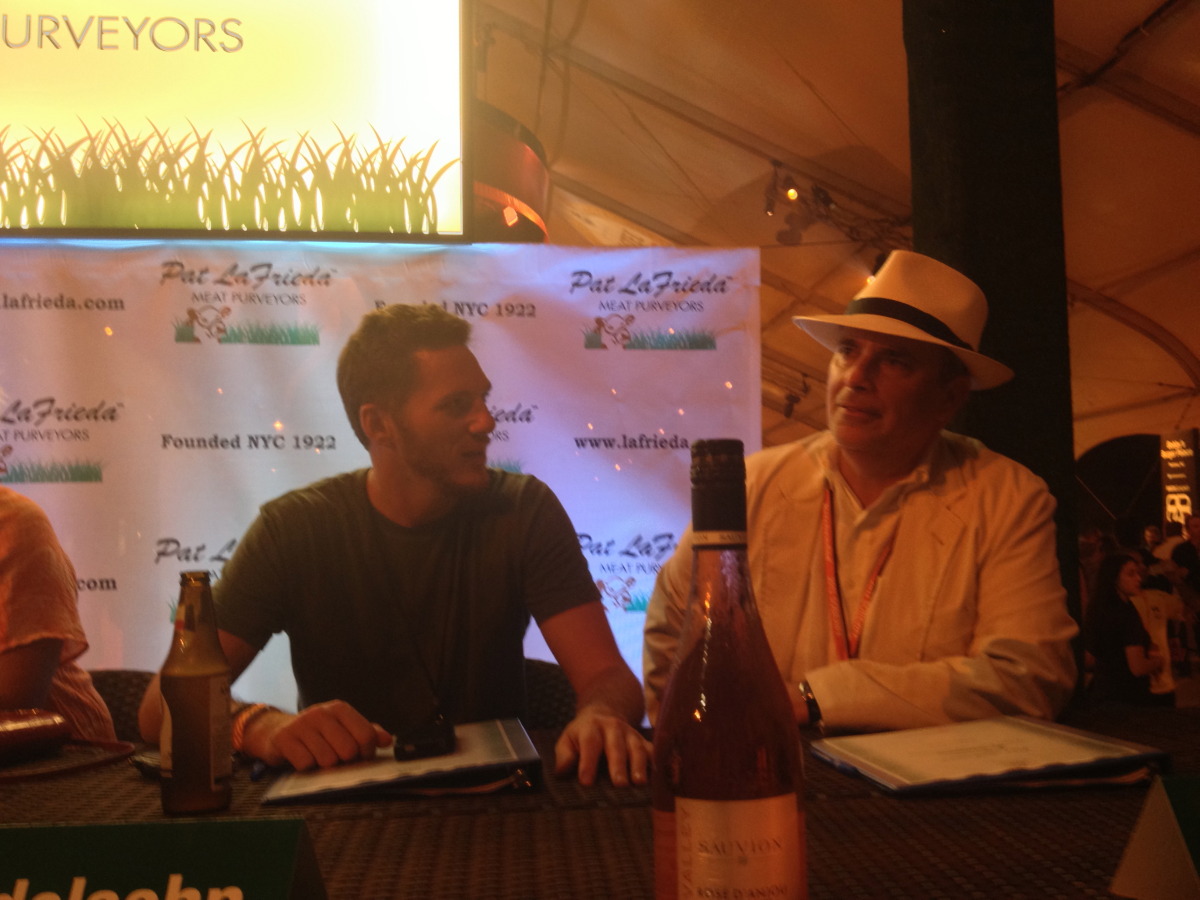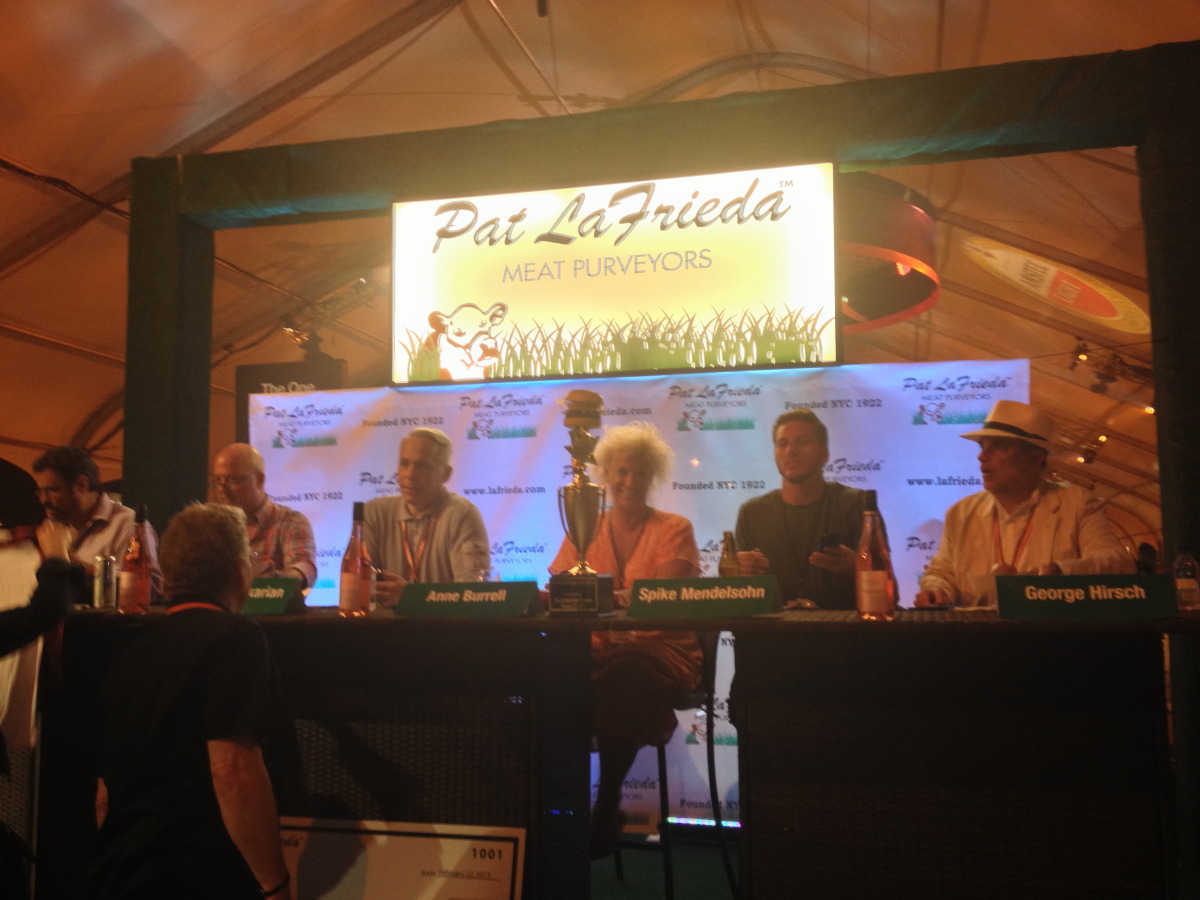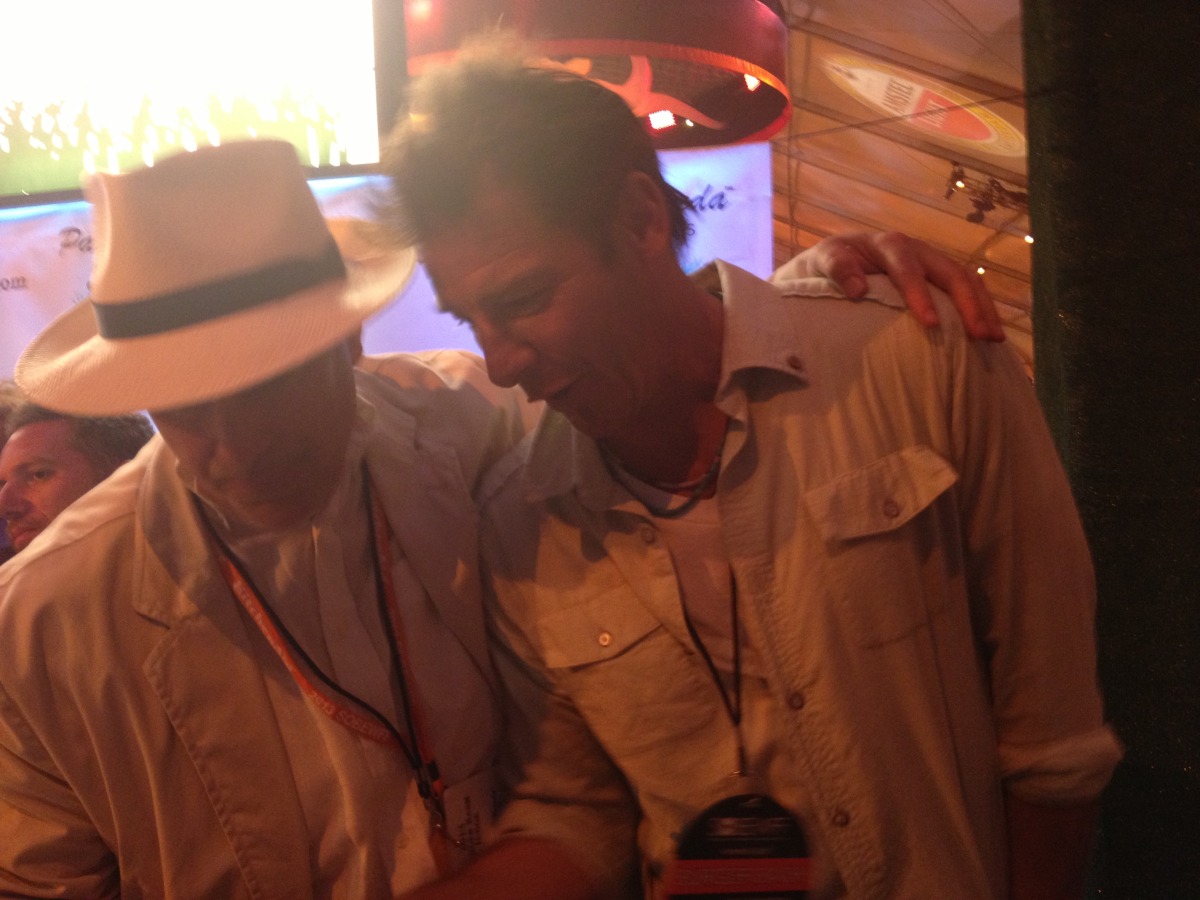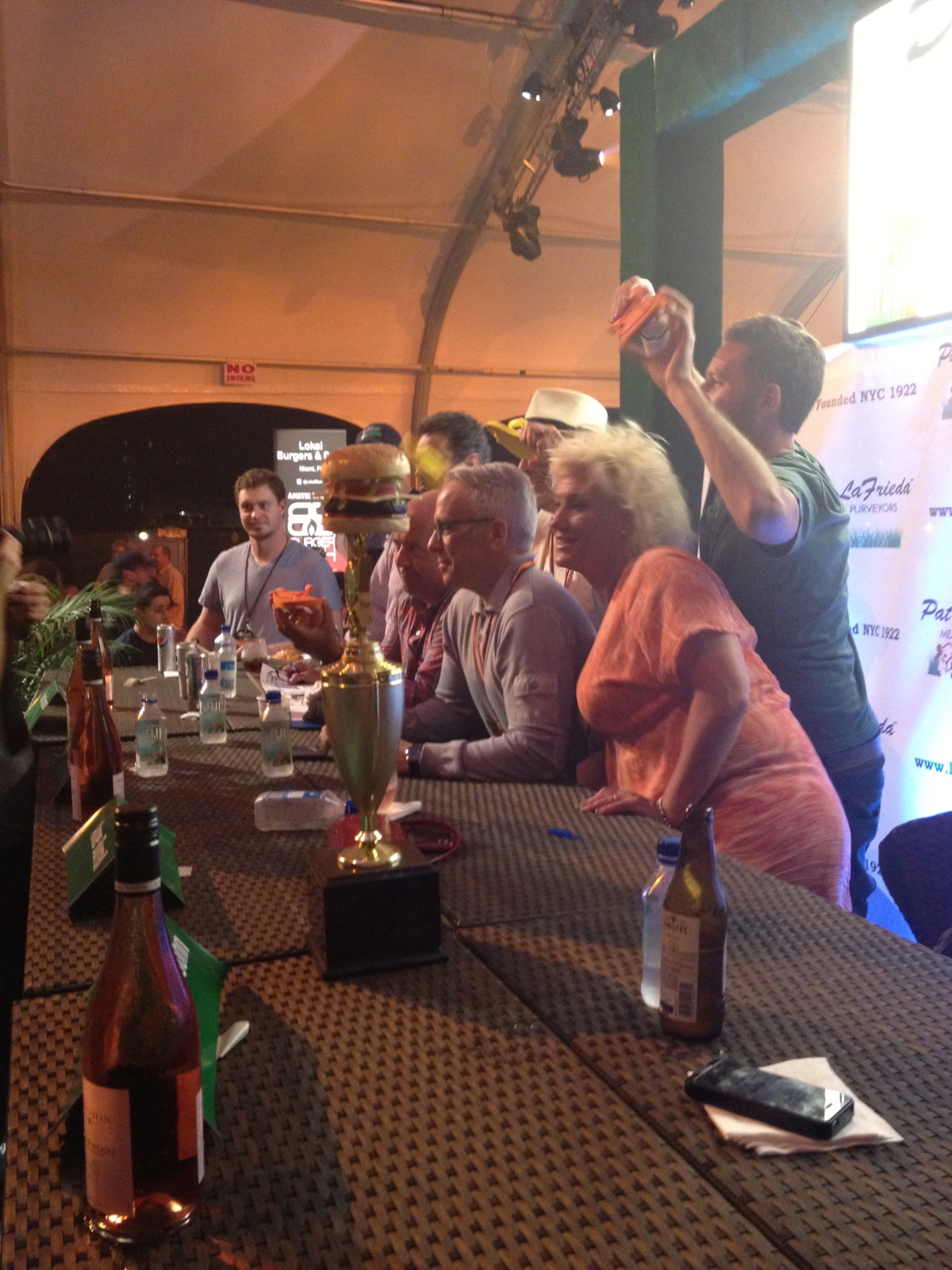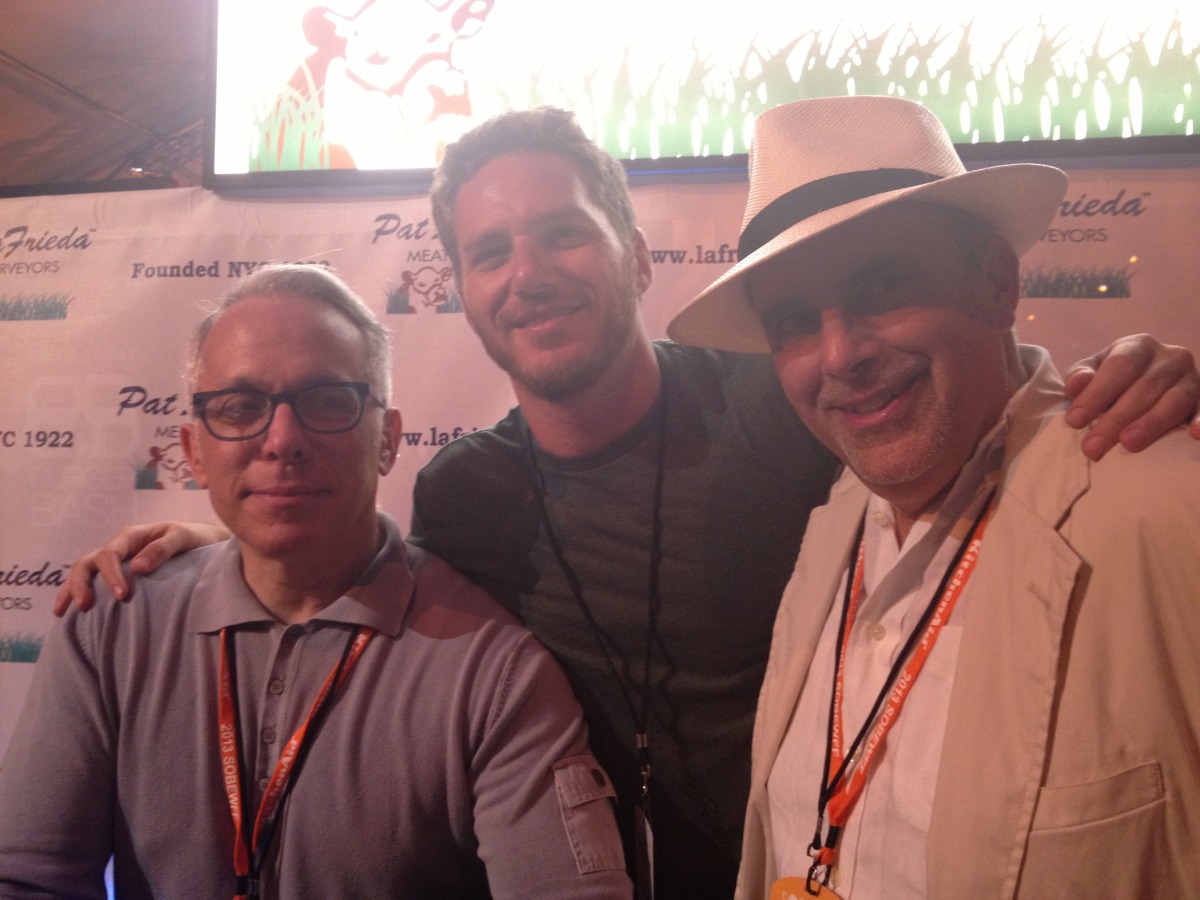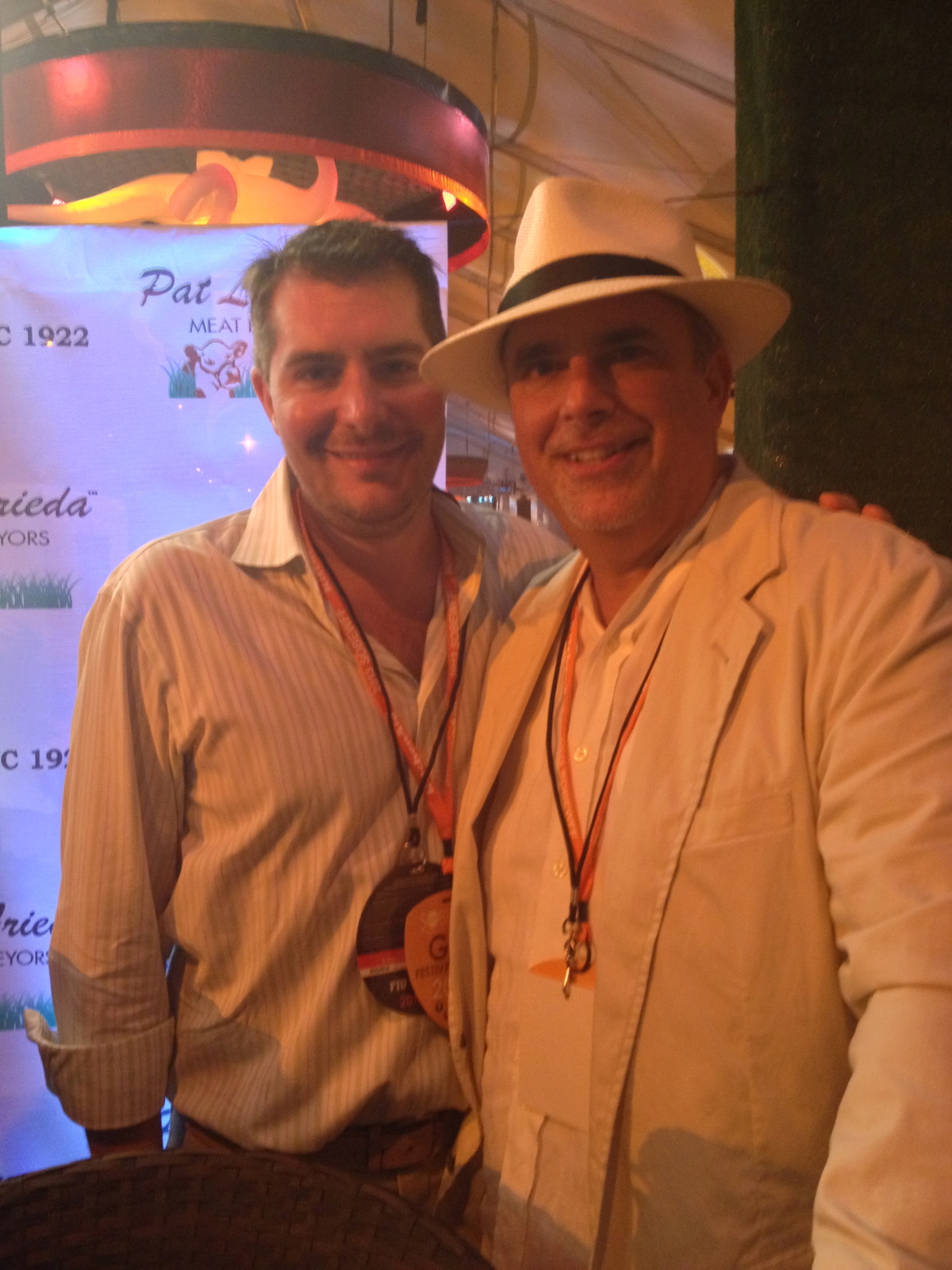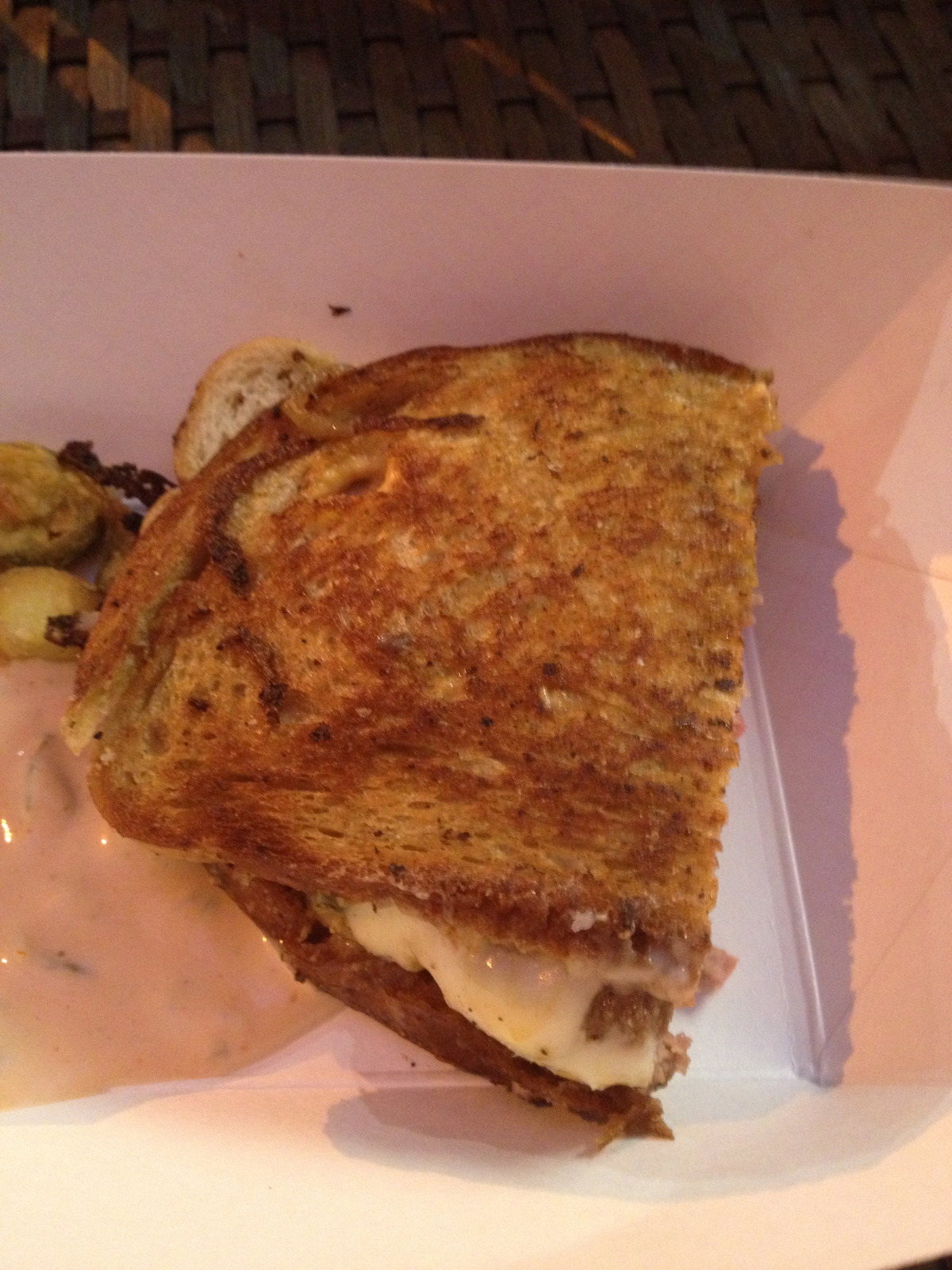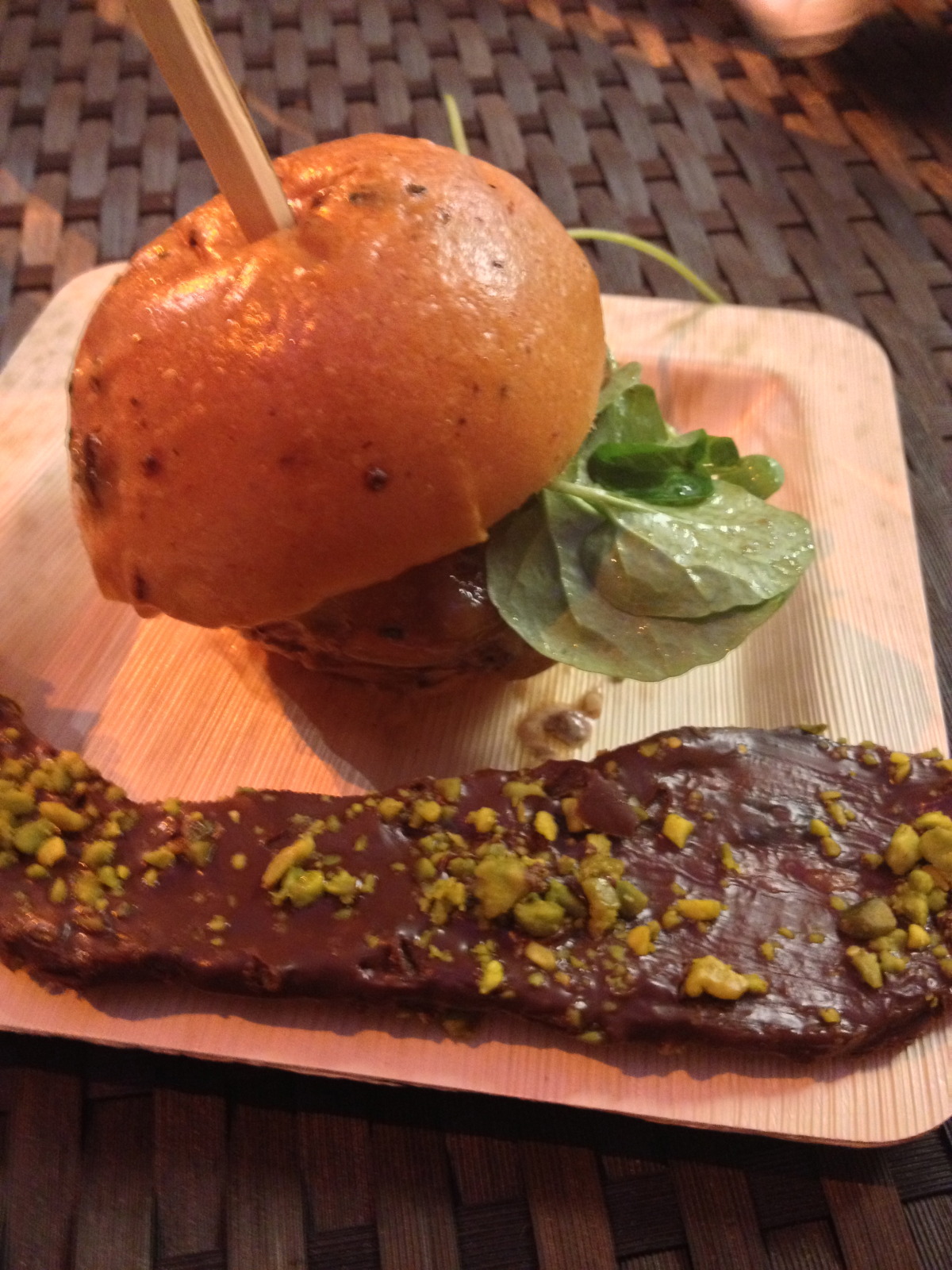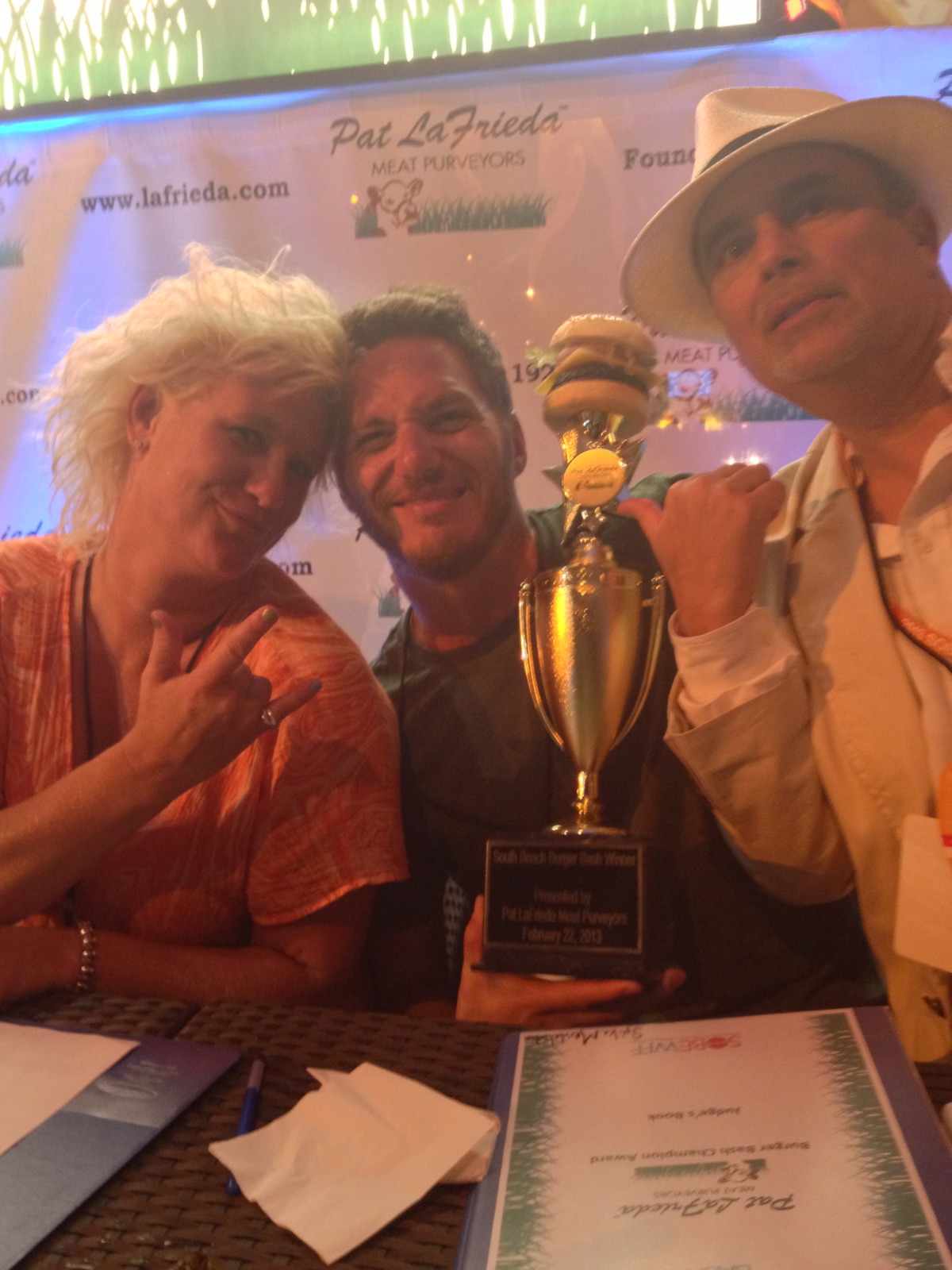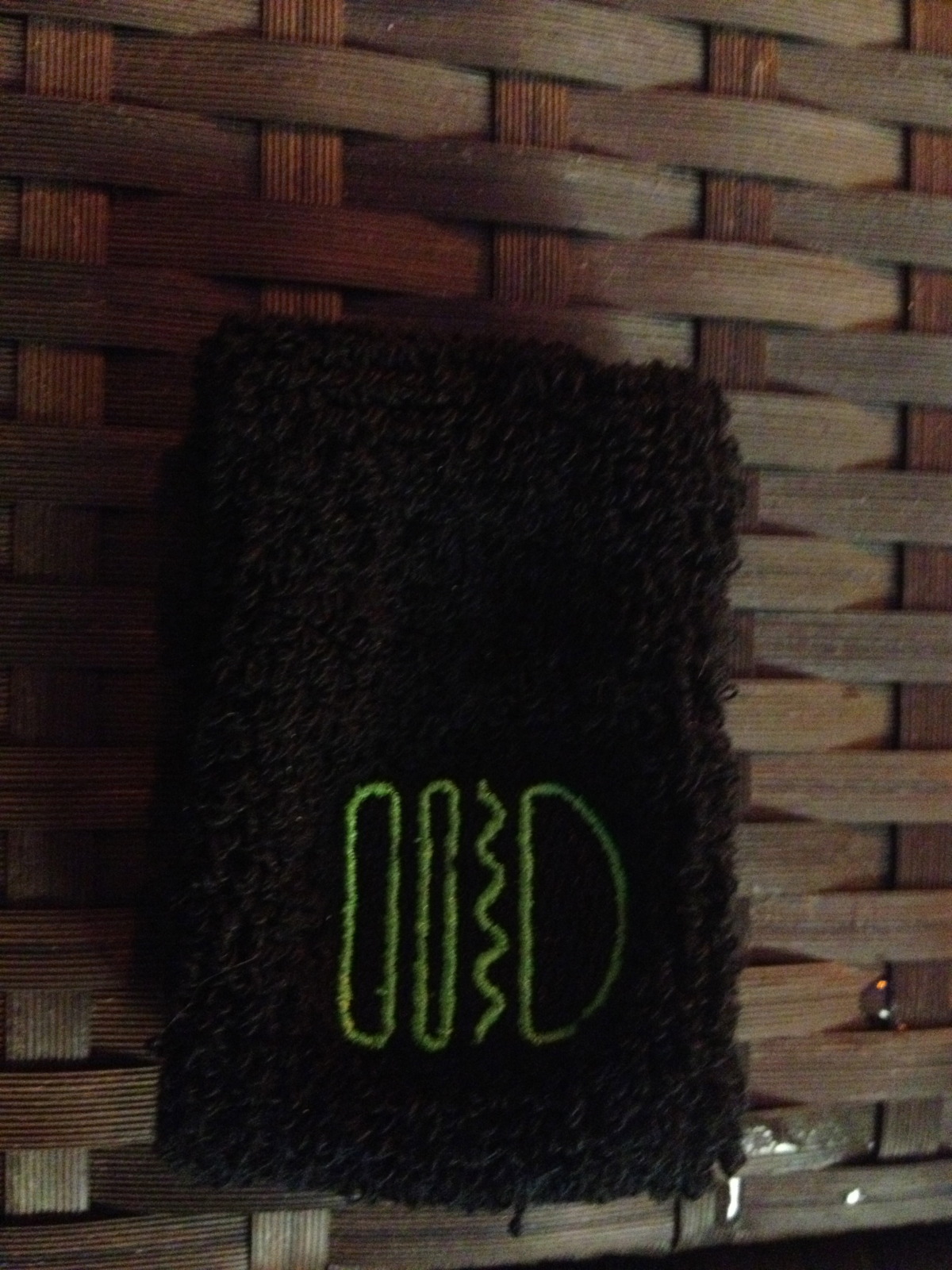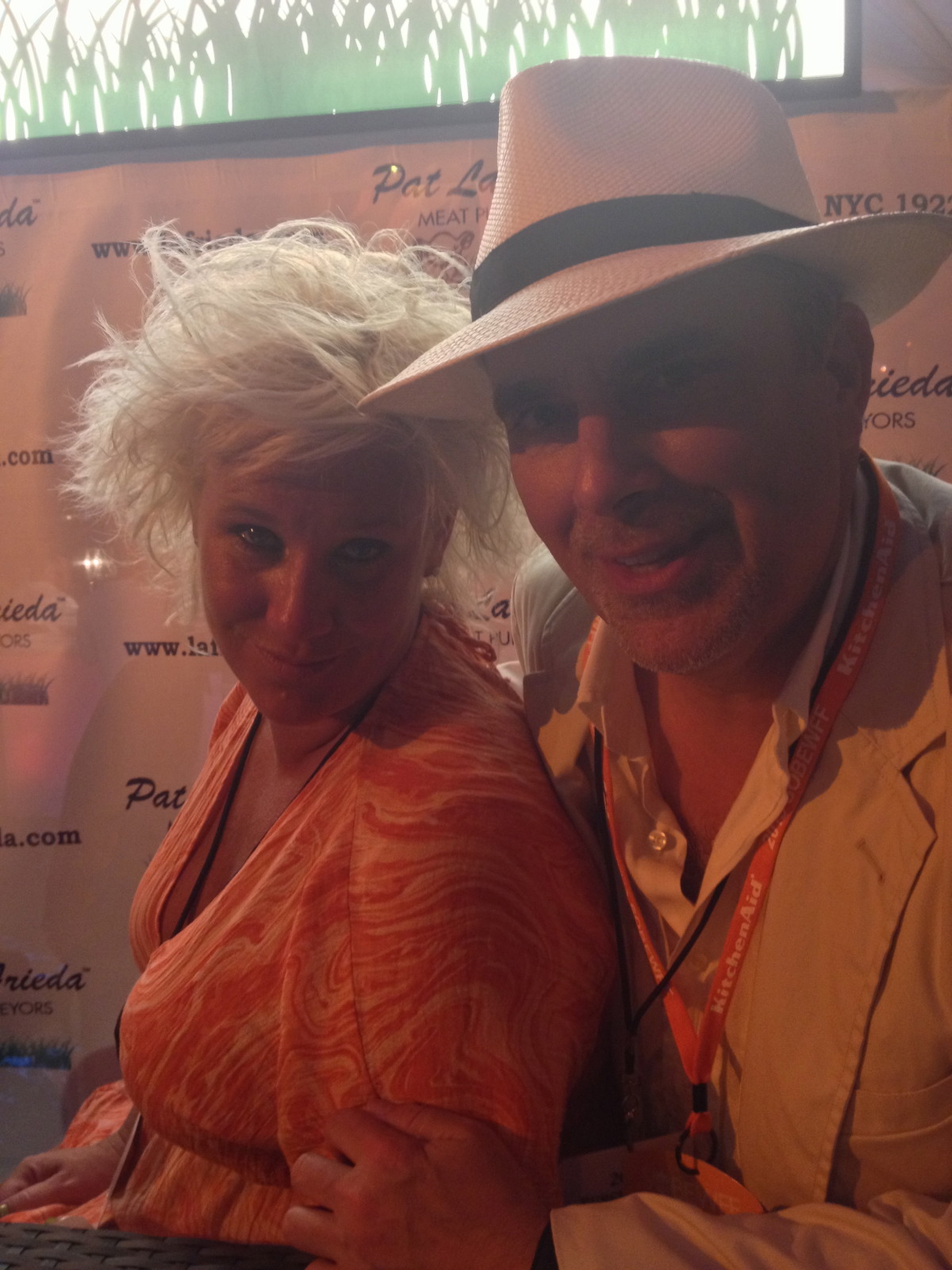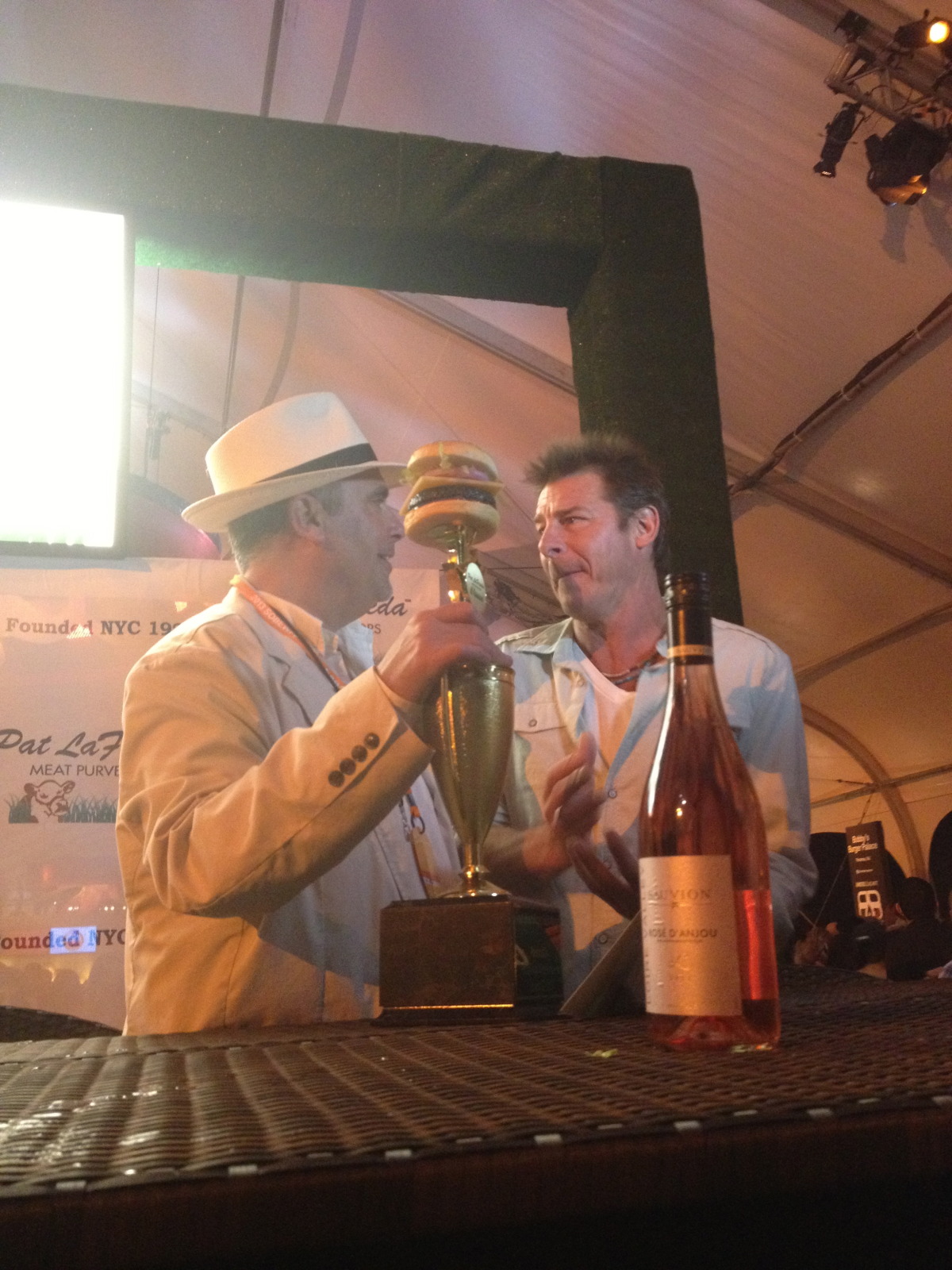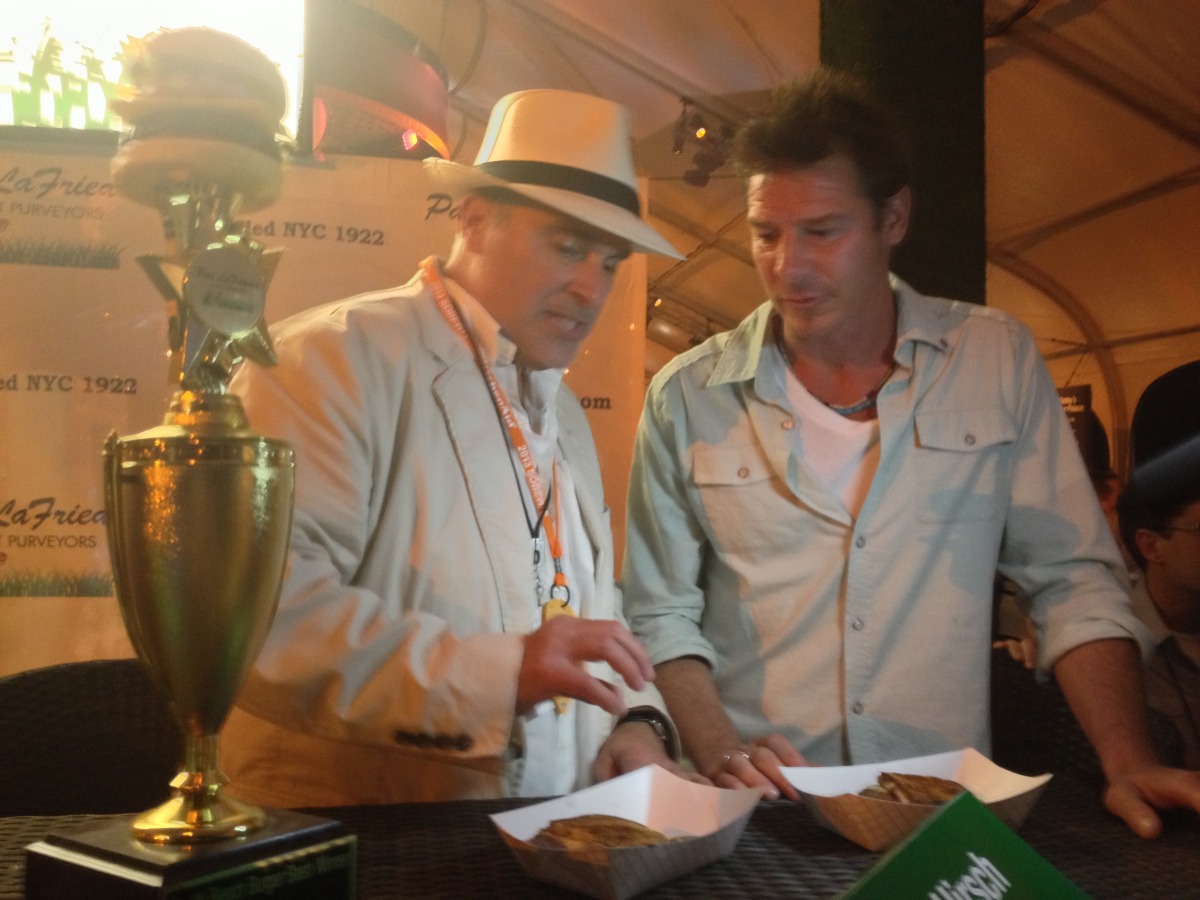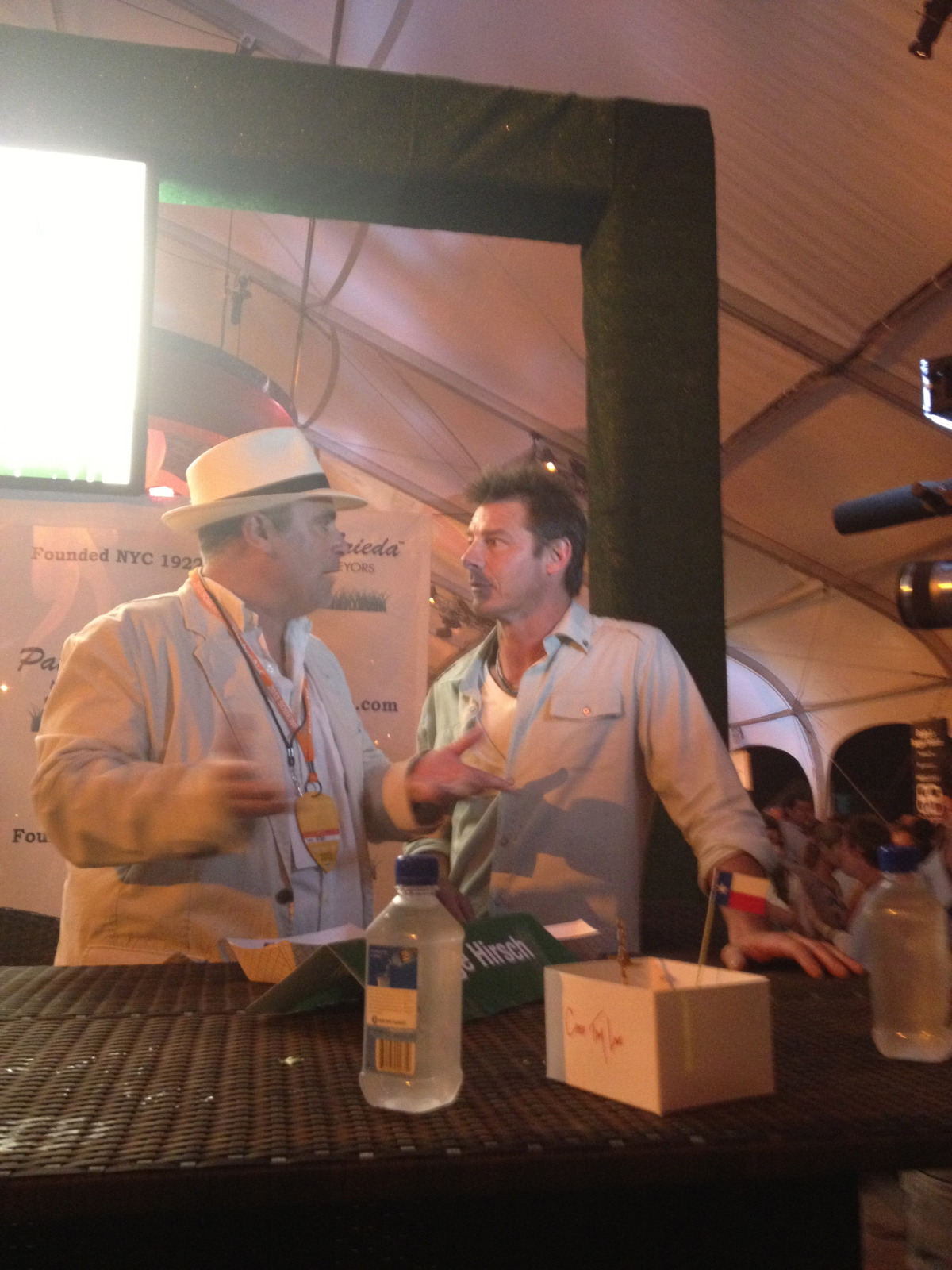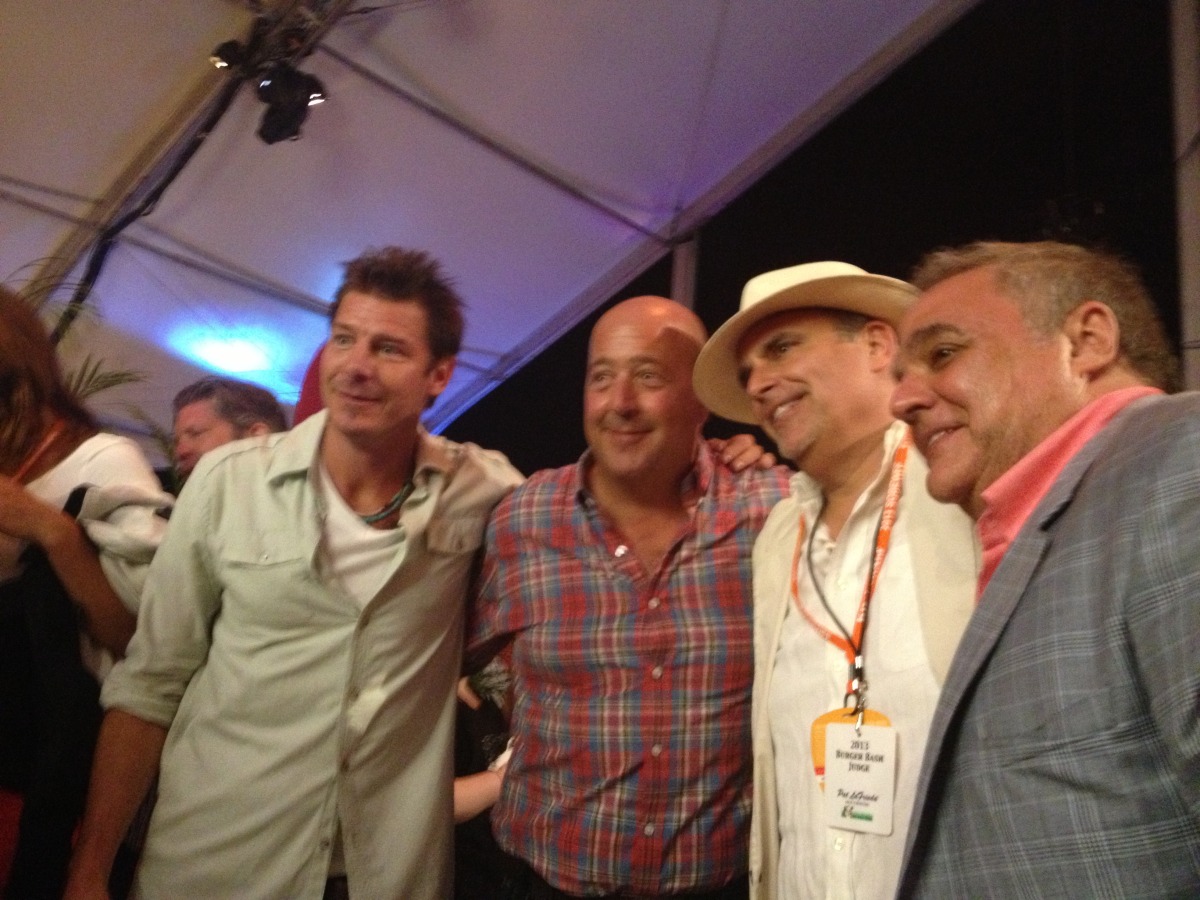There is an upside to when the temperature dips into to chilly range; cooking up warming dishes with tubers. Prepared an infinite number of ways, tubers such as beets, carrots, sweet potatoes, taro, yams, and potatoes are prime ingredients to add to the soup pot for texture, thickening and flavor. What’s even better is each tuber can stand on it’s own or be combined with others. Considering they have a long shelf life tubers are perfect to keep on hand in your pantry for preparing a last minute dish.

In this soup recipe I roasted the tuber to caramelize the natural sugars in the potatoes. A mixture of potatoes can be cooked, but I used the Yukon potatoes because of the golden, buttery-tasting waxy flesh that gives an earthy finish to the taste of the soup.
Roasted Potato Soup
Recipe by George Hirsch | Makes six-eight servings
3 cups Yukon, red or russet potatoes; scrubbed & chopped into 1/2 inch pieces
4 Tablespoons pancetta, chopped
1 cup sweet onion, chopped
8 cloves garlic, peeled left whole
Olive oil
2 teaspoons fresh thyme, chopped
fresh ground black pepper
1 teaspoon sea salt
6 cups chicken broth
2 cups kale washed and chopped
Hot sauce to taste
Pinch of fresh grated nutmeg
3 cups chicken broth
1/4 cup half and half
* Arugula, spinach, or escarole may be substituted for kale
Pre heat oven to 325 degrees.
In a sheet pan or low-sided roasting pan add chopped potatoes, pancetta, onion, garlic, olive oil, thyme, pepper and salt. Roast for twenty minutes and toss to evenly brown. After twenty additional minutes add kale and cook for ten more minutes.
Remove roasted potatoes from oven and place in a large soup pot. Add about 1/2 cup of chicken stock to sheet/ roasting pan to deglaze all bits of food from bottom of pan. Scrape bottom of pan with a wooden spoon. Pour drippings into soup pot.
Add remaining chicken broth to soup pot. Increase temperature, bring soup up to a boil, and then lower to a gentle simmer for 30 minutes. Use an immersion blender with a couple pulses to puree; or use food processor. Bring soup back to a boil, add nutmeg and additional broth if required. Just before serving, gently stir in half and half and hot sauce to taste.
Servings suggestions:
For a more elegant version, top soup with sour cream or creme fraiche; and cooked crab meat, or poached shrimp, or scallops, or oysters.
